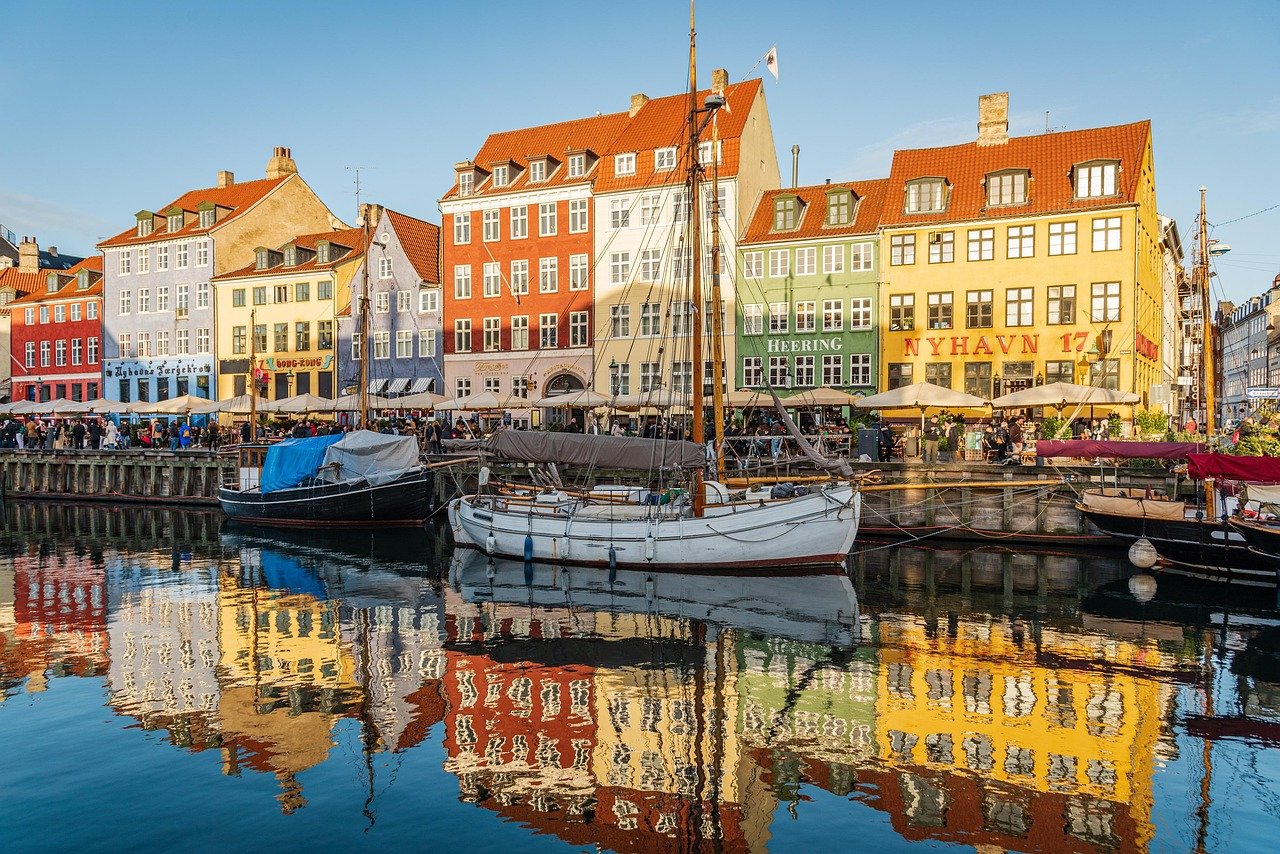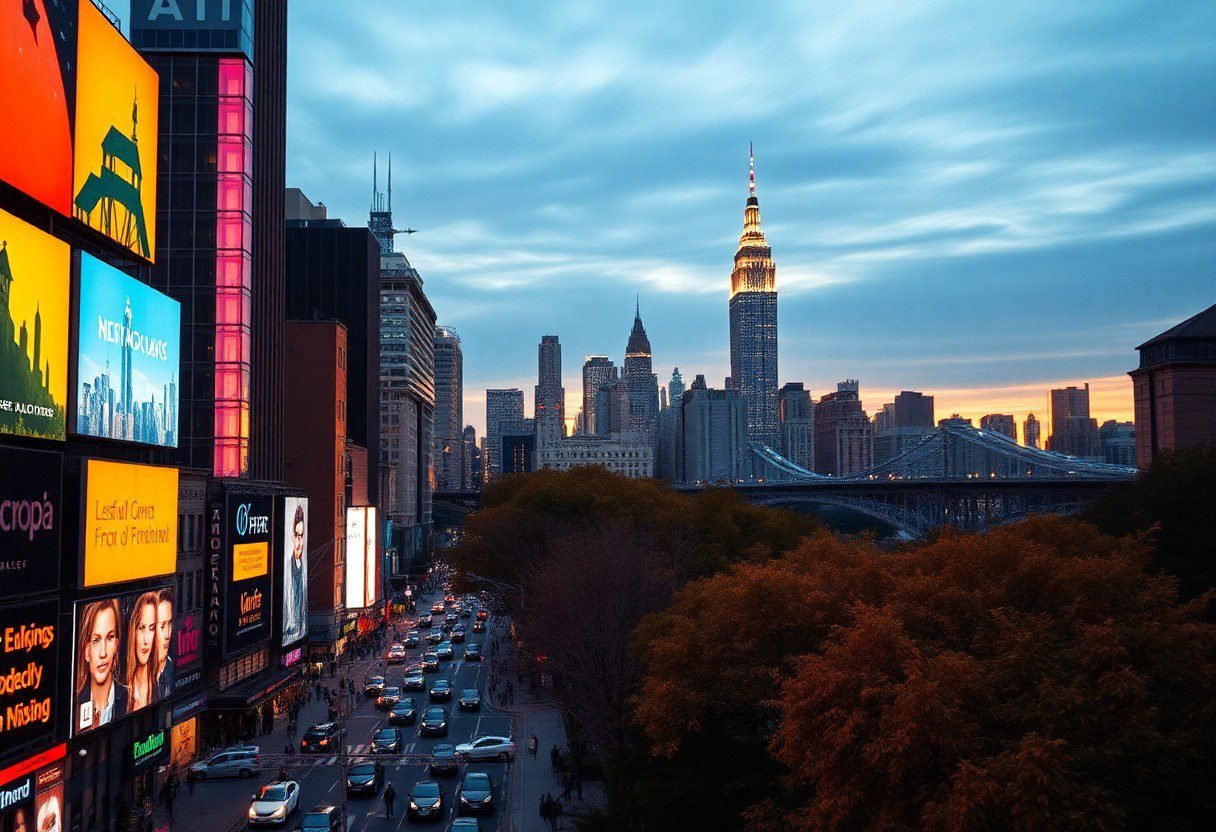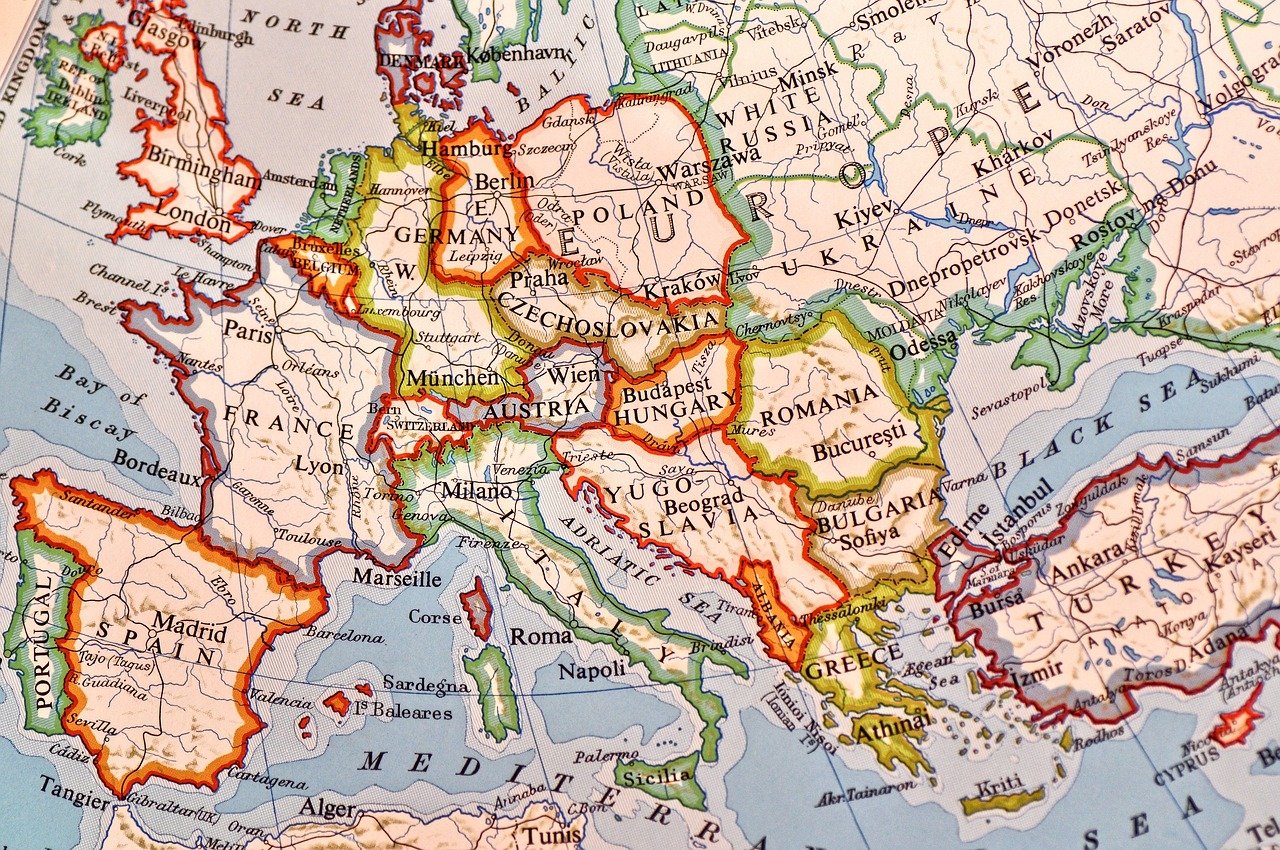
Best cities to visit in europe 2025: Your Ultimate Guide
Europe, a continent steeped in history, culture, and natural beauty, continues to be a top destination for travelers from around the globe. As we look ahead to 2025, several European cities are emerging as must-visit destinations, offering a blend of historical landmarks, modern attractions, and unique cultural experiences. This article will delve into the best cities to visit in Europe 2025, providing a detailed overview of what makes each city special and why it should be on your travel itinerary.
Key Takeaways
- Diverse Experiences: Europe offers a wide range of experiences, from the historic landmarks of Rome and Paris to the modern innovation hubs of Berlin and Copenhagen. Each city has its unique charm and attractions, ensuring there’s something for every type of traveler.
- Cultural Richness: European cities are steeped in history, art, and culture. Whether it’s exploring world-class museums, attending vibrant festivals, or simply strolling through historic neighborhoods, cultural immersion is a key highlight of any European trip.
- Sustainability Focus: Many European cities are leading the way in sustainable tourism and urban development. Cities like Copenhagen and Amsterdam are investing in green initiatives, making them ideal destinations for eco-conscious travelers.
- 2025 Highlights: By 2025, several cities will have undergone significant transformations, including new infrastructure, cultural events, and exhibitions. Paris, for example, will still be buzzing from the 2024 Olympics, while Berlin and Barcelona will continue to innovate and evolve.
- Accessibility: Europe’s well-connected transportation network makes it easy to explore multiple cities in one trip. High-speed trains, budget airlines, and efficient public transport systems ensure seamless travel between destinations.
- Year-Round Appeal: Whether you visit in the summer for outdoor festivals and sunny weather or in the winter for Christmas markets and cozy atmospheres, European cities offer year-round appeal.
- Culinary Delights: From Parisian pastries to Spanish tapas and Italian pasta, European cities are a food lover’s paradise. Each city offers its own culinary specialties, making dining an integral part of the travel experience.
- Architectural Wonders: Europe is home to some of the world’s most iconic architectural landmarks, from the Eiffel Tower in Paris to the Sagrada Familia in Barcelona. Exploring these structures is a journey through history and art.
1. Paris, France: The Eternal City of Light
Overview:
Paris, often referred to as the “City of Light,” remains one of the most iconic and romantic cities in the world.

With its timeless charm, world-class museums, and exquisite cuisine, Paris continues to captivate visitors.
Key Attractions:
- Eiffel Tower: No visit to Paris is complete without a trip to the Eiffel Tower. Whether you choose to admire it from the ground or ascend to its summit, the views are breathtaking.
- Louvre Museum: Home to the Mona Lisa and countless other masterpieces, the Louvre is a must-visit for art enthusiasts.
- Notre-Dame Cathedral: Despite the fire in 2019, Notre-Dame remains a symbol of Parisian resilience and Gothic architecture.
- Montmartre: This historic district, known for its artistic heritage, offers stunning views of the city and a vibrant atmosphere.
Why Visit Paris in 2025:
Paris will host the 2024 Summer Olympics, and the city is expected to continue its transformation with new infrastructure, cultural events, and exhibitions well into 2025. The city’s commitment to sustainability and innovation will also enhance the visitor experience.
2. Barcelona, Spain: A Mediterranean Gem
Overview:
Barcelona, the capital of Catalonia, is a city that seamlessly blends modernity with tradition.

Known for its unique architecture, vibrant street life, and beautiful beaches, Barcelona is a city that has something for everyone.
Key Attractions:
- Sagrada Familia: Antoni Gaudí’s unfinished masterpiece is a UNESCO World Heritage Site and a symbol of Barcelona.
- Park Güell: Another Gaudí creation, this park offers whimsical architecture and panoramic views of the city.
- La Rambla: This bustling street is the heart of Barcelona, lined with shops, cafes, and street performers.
- Gothic Quarter: Explore the narrow medieval streets and discover hidden gems like the Barcelona Cathedral.
Why Visit Barcelona in 2025:
Barcelona is continually evolving, with new cultural initiatives and urban projects. The city’s focus on sustainability and smart tourism will make it an even more attractive destination in 2025. Additionally, Barcelona’s rich cultural calendar, including festivals and events, ensures there’s always something happening.
3. Berlin, Germany: A City of History and Innovation
Overview:
Berlin, the capital of Germany, is a city that has undergone significant transformation over the past few decades.
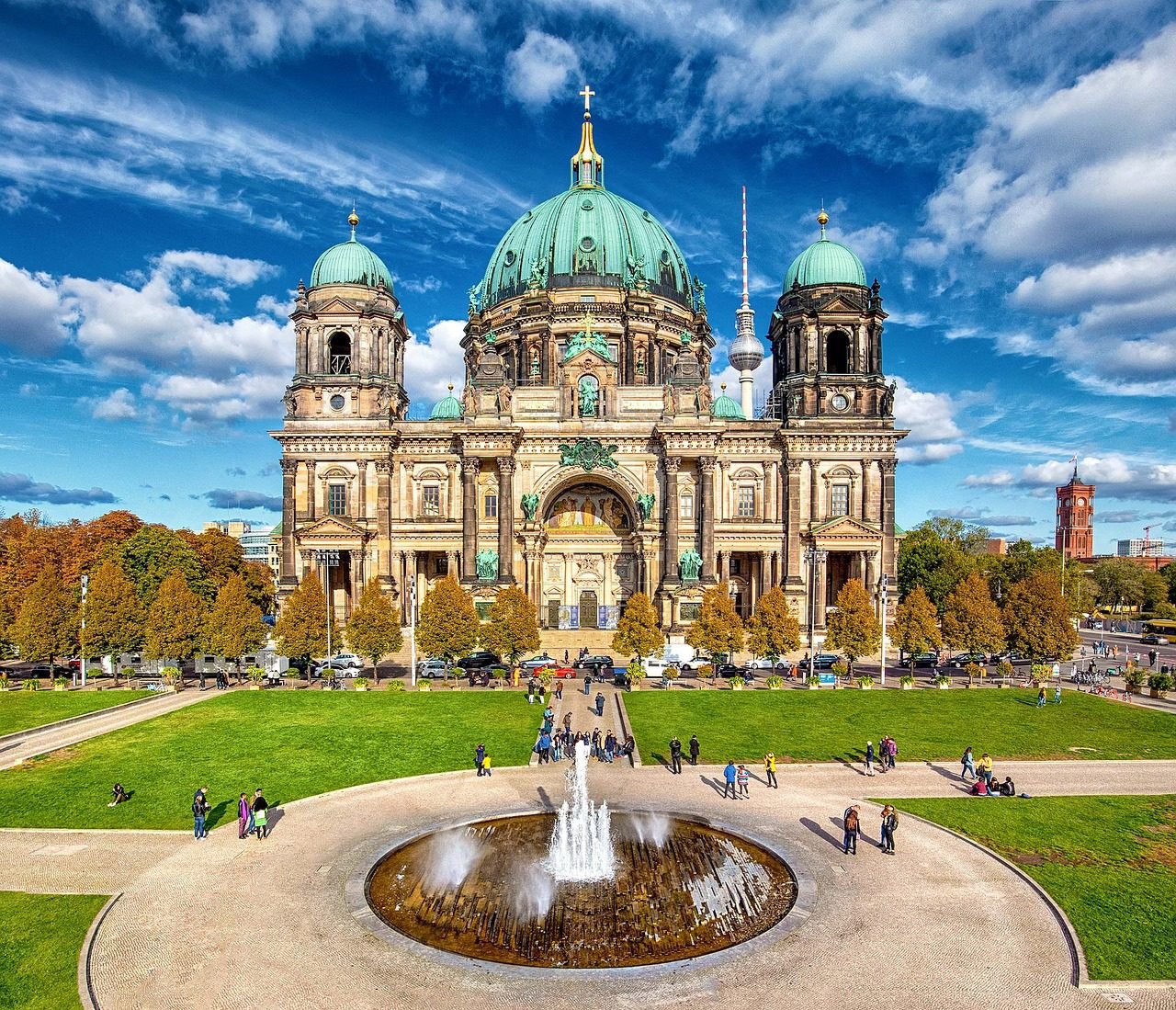
Known for its rich history, vibrant arts scene, and cutting-edge technology, Berlin is a city that never stands still.
Key Attractions:
- Brandenburg Gate: This iconic landmark is a symbol of German unity and a must-see for any visitor.
- Berlin Wall Memorial: Learn about the city’s divided past and see remnants of the Berlin Wall.
- Museum Island: A UNESCO World Heritage Site, this island is home to five world-renowned museums.
- East Side Gallery: This open-air gallery features murals painted on the remains of the Berlin Wall, showcasing the city’s creative spirit.
Why Visit Berlin in 2025:
Berlin is a city that is constantly reinventing itself. In 2025, the city will continue to be a hub for innovation, with new tech startups, cultural projects, and urban developments.
Berlin’s commitment to sustainability and green spaces will also enhance the quality of life for both residents and visitors.
4. Rome, Italy: The Eternal City
Overview:
Rome, the capital of Italy, is a city that needs no introduction. With its ancient ruins, Renaissance art, and vibrant street life, Rome is a city that offers a journey through time.

Key Attractions:
- Colosseum: This ancient amphitheater is one of the most recognizable landmarks in the world and a testament to Roman engineering.
- Roman Forum: Explore the heart of ancient Rome and see the ruins of temples, basilicas, and public spaces.
- Vatican City: Visit St. Peter’s Basilica, the Sistine Chapel, and the Vatican Museums to experience the spiritual and artistic heritage of the Catholic Church.
- Trevi Fountain: Toss a coin into this iconic fountain to ensure your return to Rome.
Why Visit Rome in 2025:
Rome is a city that is constantly evolving while preserving its rich history. In 2025, the city will continue to invest in cultural preservation and sustainable tourism.
5. Amsterdam, Netherlands: The Venice of the North
Overview:
Amsterdam, the capital of the Netherlands, is known for its picturesque canals, historic architecture, and vibrant cultural scene.

The city’s unique charm and relaxed atmosphere make it a favorite among travelers.
Key Attractions:
- Anne Frank House: Visit the hiding place where Anne Frank wrote her famous diary during World War II.
- Van Gogh Museum: Explore the largest collection of Van Gogh’s works, including “Sunflowers” and “The Bedroom.”
- Rijksmuseum: This national museum houses masterpieces by Rembrandt, Vermeer, and other Dutch masters.
- Canal Ring: Take a boat tour or stroll along the canals to experience the city’s unique beauty.
Why Visit Amsterdam in 2025:
Amsterdam is committed to sustainable tourism and urban development. In 2025, the city will continue to implement initiatives to reduce overcrowding and promote responsible travel.
6. Prague, Czech Republic: The City of a Hundred Spires
Overview:
Prague, the capital of the Czech Republic, is a city that exudes fairy-tale charm. With its stunning architecture, historic landmarks, and vibrant cultural scene, Prague is a city that captivates visitors from the moment they arrive.

Key Attractions:
- Prague Castle: This historic complex is the largest ancient castle in the world and offers stunning views of the city.
- Charles Bridge: This iconic bridge, adorned with statues, is a must-see and a great spot for photos.
- Old Town Square: Explore the heart of Prague and see the Astronomical Clock, which puts on a show every hour.
- Jewish Quarter: Discover the rich history and heritage of Prague’s Jewish community.
Why Visit Prague in 2025:
Prague is a city that is constantly evolving while preserving its historic charm. In 2025, the city will continue to invest in cultural preservation and sustainable tourism.
7. Vienna, Austria: The City of Music
Overview:
Vienna, the capital of Austria, is a city that is synonymous with music, art, and culture.
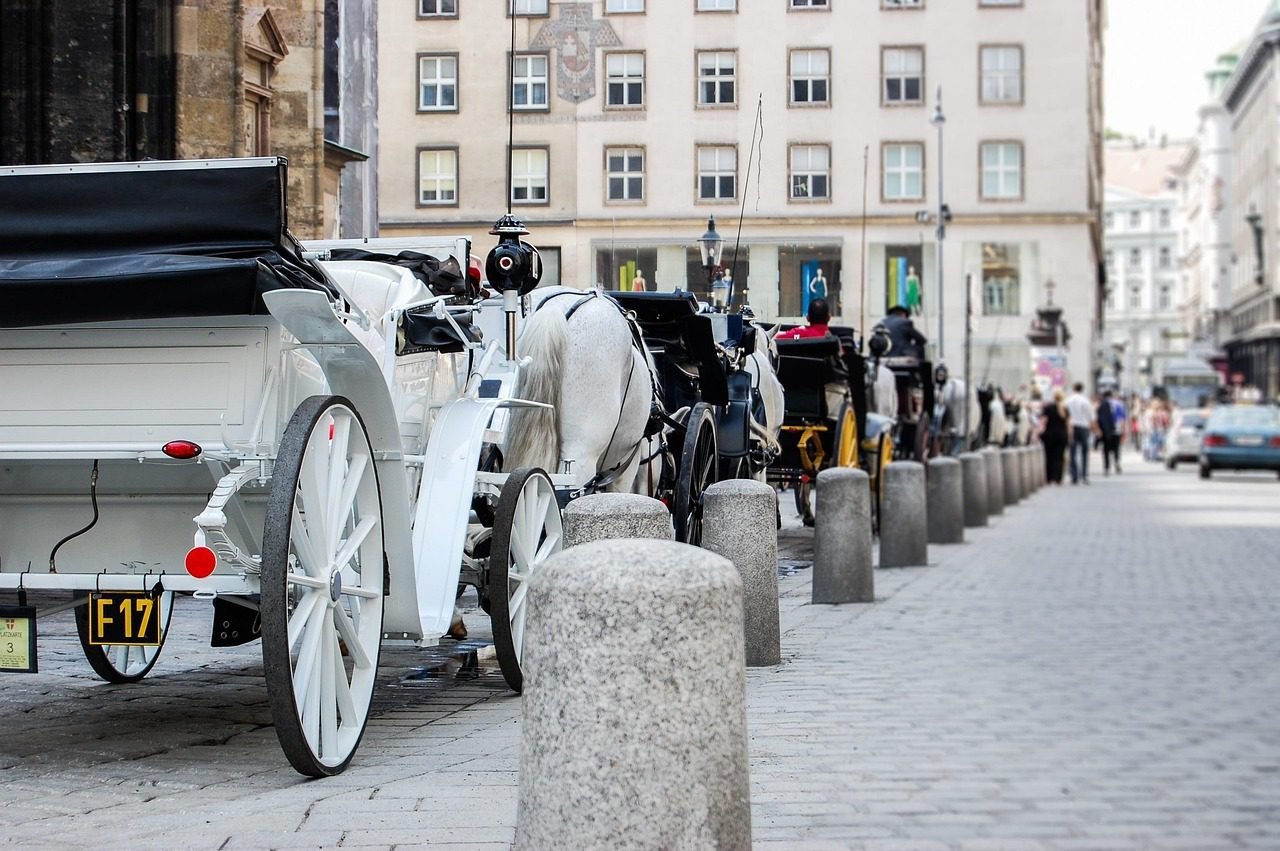
Known for its imperial history, stunning architecture, and vibrant cultural scene, Vienna is a city that offers a rich and diverse experience.
Key Attractions:
- Schönbrunn Palace: This Baroque palace and its gardens are a UNESCO World Heritage Site and a must-see for any visitor.
- Vienna State Opera: Experience world-class performances in one of the most famous opera houses in the world.
- Belvedere Palace: This historic complex houses an impressive art collection, including Gustav Klimt’s “The Kiss.”
- St. Stephen’s Cathedral: This Gothic cathedral is a symbol of Vienna and offers stunning views from its tower.
Why Visit Vienna in 2025:
Vienna is a city that is committed to preserving its cultural heritage while embracing modernity. In 2025, the city will continue to invest in cultural initiatives, sustainable tourism, and urban development.
8. Budapest, Hungary: The Pearl of the Danube
Overview:
Budapest, the capital of Hungary, is a city that offers a unique blend of history, culture, and natural beauty.

Known for its thermal baths, stunning architecture, and vibrant nightlife, Budapest is a city that has something for everyone.
Key Attractions:
- Buda Castle: This historic castle complex offers stunning views of the city and houses the Hungarian National Gallery.
- Parliament Building: This iconic building is one of the most recognizable landmarks in Budapest and offers guided tours.
- Széchenyi Thermal Bath: Relax in one of the largest and most famous thermal baths in Europe.
- Chain Bridge: This iconic bridge connects Buda and Pest and offers stunning views of the Danube River.
Why Visit Budapest in 2025:
Budapest is a city that is constantly evolving while preserving its historic charm. In 2025, the city will continue to invest in cultural preservation and sustainable tourism.
9. Copenhagen, Denmark: The City of Hygge
Overview:
Copenhagen, the capital of Denmark, is a city that is known for its quality of life, sustainability, and unique concept of “hygge” (coziness).
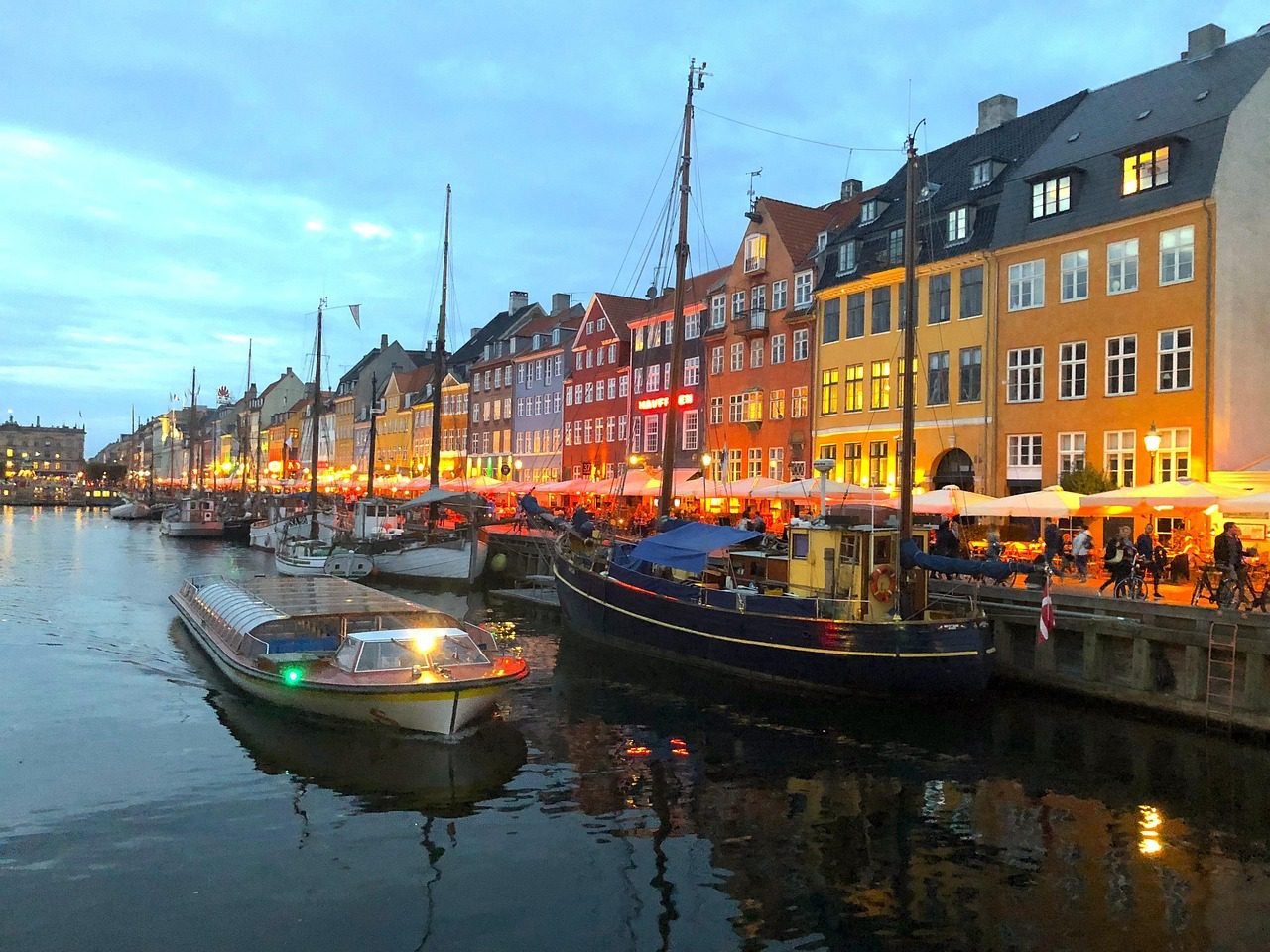
With its charming streets, historic landmarks, and vibrant cultural scene, Copenhagen is a city that offers a relaxed and enjoyable experience.
Key Attractions:
- Nyhavn: This picturesque harbor is lined with colorful buildings and is a great spot for dining and people-watching.
- Tivoli Gardens: This historic amusement park offers a mix of rides, gardens, and entertainment.
- The Little Mermaid: This iconic statue is a must-see for any visitor to Copenhagen.
- Rosenborg Castle: Explore this historic castle and see the Danish Crown Jewels.
Why Visit in Copenhagen 2025:
Copenhagen is a city that is committed to sustainability and quality of life. In 2025, the city will continue to invest in green initiatives, cultural events, and urban development.
10. Edinburgh, Scotland: The Athens of the North
Overview:
Edinburgh, the capital of Scotland, is a city that offers a unique blend of history, culture, and natural beauty.

Known for its historic landmarks, vibrant festivals, and stunning landscapes, Edinburgh is a city that captivates visitors from the moment they arrive.
Key Attractions:
- Edinburgh Castle: This historic fortress dominates the city skyline and offers stunning views of the city.
- Royal Mile: This historic street connects Edinburgh Castle to the Palace of Holyroodhouse and is lined with shops, cafes, and historic buildings.
- Arthur’s Seat: Hike to the top of this extinct volcano for panoramic views of the city.
- Scottish National Gallery: Explore the impressive collection of Scottish and international art.
Why Visit Edinburgh in 2025:
Edinburgh is a city that is constantly evolving while preserving its historic charm. In 2025, the city will continue to invest in cultural preservation and sustainable tourism.
New exhibitions, events, and infrastructure improvements will enhance the visitor experience, making Edinburgh an even more compelling destination.
Conclusion
Europe is a continent that offers an incredible diversity of experiences, and the cities highlighted in this article are just a glimpse of what it has to offer.
Whether you’re drawn to the historic charm of Rome, the artistic vibe of Barcelona, or the innovative spirit of Berlin, there’s a European city that will capture your heart.
As we look ahead to 2025, these cities are poised to offer even more to visitors, with new cultural initiatives, sustainable tourism practices, and urban developments that will enhance the travel experience.
So, start planning your European adventure today and discover the magic of these top destinations for yourself.
FAQ (Frequently Asked Questions)
What is the best time to visit Europe?
The best time to visit Europe depends on your preferences. Summer (June-August) is ideal for warm weather and outdoor activities, but it’s also the busiest and most expensive season. Spring (April-May) and fall (September-October) offer milder weather, fewer crowds, and lower prices. Winter (November-March) is perfect for Christmas markets and winter sports but can be cold in many regions.
How many cities should I visit in one trip?
It depends on the length of your trip and your travel style. For a 10-day trip, 2-3 cities are manageable, allowing you to explore each destination thoroughly. If you have more time, you can add additional cities, but avoid overpacking your itinerary to ensure a relaxed and enjoyable experience.
Is it easy to travel between European cities?
Yes, Europe has an extensive and efficient transportation network. High-speed trains (like the Eurostar and TGV), budget airlines, and buses make it easy to travel between cities. For shorter distances, trains are often the most convenient option.
Do I need a visa to visit Europe?
Visa requirements depend on your nationality and the countries you plan to visit. Citizens of the EU, US, Canada, Australia, and several other countries can visit most European countries for up to 90 days without a visa. However, starting in 2025, the EU will implement the ETIAS (European Travel Information and Authorization System), which will require travelers from visa-exempt countries to obtain an online authorization before entering.
What is the currency used in Europe?
The Euro (€) is the official currency of 19 out of 27 EU countries, including France, Spain, Germany, and Italy. However, some countries, like the UK (British Pound), Denmark (Danish Krone), and Hungary (Hungarian Forint), use their own currencies. It’s a good idea to carry some local currency and a credit card for convenience.
Are European cities expensive to visit?
The cost of visiting European cities varies widely. Cities like Paris, Copenhagen, and Amsterdam tend to be more expensive, while Budapest, Prague, and Rome are more budget-friendly. To save money, consider traveling during the shoulder season, staying in budget accommodations, and using public transport.
What languages are spoken in Europe?
Europe is home to a wide variety of languages. English is widely spoken in most tourist areas, but learning a few basic phrases in the local language (e.g., French in Paris, Spanish in Barcelona, or Italian in Rome) can enhance your experience and show respect for the local culture.
How can I stay connected while traveling in Europe?
Most European cities offer free Wi-Fi in cafes, hotels, and public spaces. You can also purchase a local SIM card or an international roaming plan from your mobile provider to stay connected. Apps like Google Maps, Duolingo, and Google Translate can be incredibly helpful for navigation and communication.
What should I pack for a trip to Europe?
Pack according to the season and the activities you plan to do. Comfortable walking shoes are a must, as European cities are best explored on foot. Bring layers for unpredictable weather, a universal power adapter, and a reusable water bottle to stay hydrated. Don’t forget your passport, travel insurance, and any necessary visas.
Are European cities safe for tourists?
European cities are generally safe for tourists, but it’s important to stay aware of your surroundings and take common-sense precautions. Be mindful of pickpockets in crowded areas, keep your belongings secure, and avoid poorly lit or unfamiliar areas at night.
Can I use public transport in European cities?
Yes, public transport in European cities is efficient, affordable, and widely used. Most cities have metro, bus, and tram systems, and some, like Amsterdam and Copenhagen, are also bike-friendly. Consider purchasing a multi-day transport pass for convenience.
What are some must-try foods in Europe?
Each city has its own culinary specialties. In Paris, try croissants and escargot; in Barcelona, sample tapas and paella; in Rome, indulge in pasta and gelato; and in Budapest, don’t miss goulash and chimney cake. Exploring local cuisine is a highlight of any European trip.
How can I avoid crowds in popular European cities?
To avoid crowds, visit popular attractions early in the morning or late in the afternoon. Consider traveling during the shoulder season (spring or fall) when there are fewer tourists. Booking tickets in advance for major attractions can also save time and help you skip long lines.
What are some unique experiences to try in European cities?
Take a canal cruise in Amsterdam, attend a flamenco show in Barcelona, explore the Christmas markets in Vienna, or enjoy a thermal bath in Budapest. Each city offers unique experiences that go beyond the typical tourist attractions.
How can I travel sustainably in Europe?
Choose eco-friendly accommodations, use public transport or walk instead of renting a car, and support local businesses. Many cities, like Copenhagen and Amsterdam, are leading the way in sustainable tourism, making it easier for travelers to reduce their environmental impact.
By keeping these key takeaways and FAQs in mind, you’ll be well-prepared to plan an unforgettable trip to Europe’s top cities in 2025. Whether you’re a history buff, a foodie, or an adventure seeker, Europe has something to offer everyone. Happy travels!


